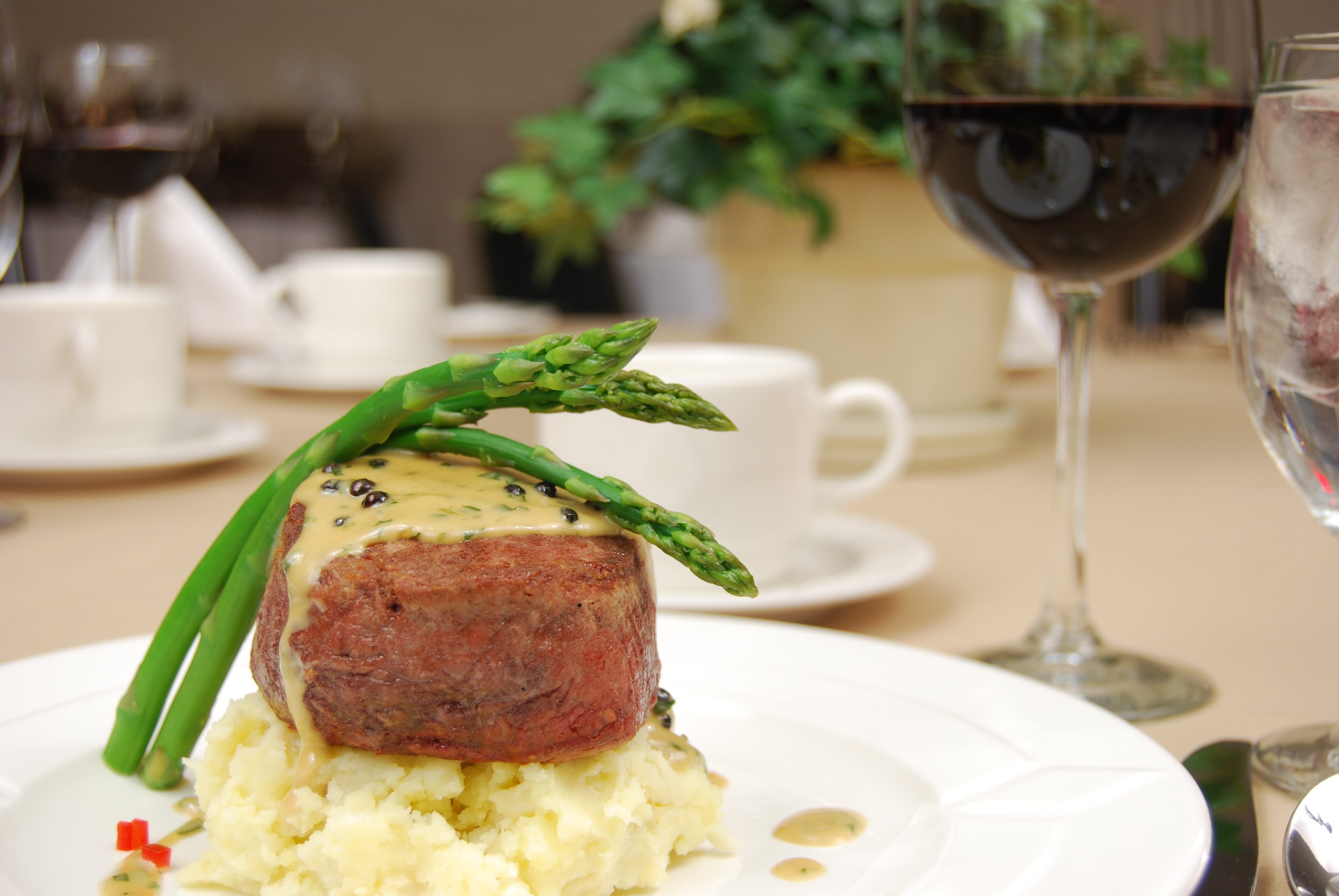There’s absolutely no limit to what combinations of solid and liquid ingredients can be called a sauce. From soy to salsa, the textures, flavors, and purposes vary widely and are used at any and every point in the cooking process from the first step of preparation right up to the point of presentation at the table.

Types of Sauces
From thin to thick and smooth to chunky, from cold to warm to hot, sauces can be separated into two very broad categories: cooking sauces and finishing sauces.
A cooking sauce can be a single ingredient like soy, or it can be a sauce in which foods can be stewed, braised, or simmered briefly as a final step of preparation. Sauces that are based on the fat and juices in which meat is cooked are what we call gravy.
Finishing sauces are added as a final layer of flavor to meats and seafood that are cooked separately. In fact, many finishing sauces have no connection to the ingredients used to cook the main item. They, therefore, create contrast, complexity, and counterpoint in the overall flavor. And, it’s a simple formula: Cook the meat; make the sauce, and combine to serve.
For example, a steak seasoned simply with olive oil, salt and pepper, and grilled or pan-seared to juicy perfection is the ideal candidate for a finishing sauce. You may choose to amplify the richness of the dish with a silken and eggy rich Bearnaise, for instance. Or, choose a sauce that contains an acid (e.g., wine, lemon, etc.) to cut through the richness, such as Mushroom Sage Sauce that is laced with sherry.
When cooking with the very best meats available, the enlightened home epicurean seeks to complement or enhance, not mask, the flavor of their exquisite beef, veal, lamb, pork, poultry or seafood.
Mother Sauces
In the late 19th century, the great French chef Auguste Escoffier codified that thousands of French sauces into 5 mother sauces:
- Sauce Béchamel — milk-based sauce, thickened with a white roux.
- Sauce Espagnole (or, Spanish Sauce) — a brown veal-stock sauce.
- Sauce Velouté — white stock-based sauce, thickened with a roux.
- Sauce Hollandaise — an emulsion of egg yolks, butter, and lemon.
- Sauce Tomate — tomato-based sauce
These mother sauces are the foundation myriad variations. For example, add fresh herbs—most prominently, add tarragon to Hollandaise and you have Bearnaise Sauce. Add grated Swiss cheese to a Bechamel and you have Mornay Sauce.
Pan Sauce
Another type of finishing sauce is a pan sauce, a final nap for sautéed dishes
When sautéing your main ingredient, all those browned bits at the bottom of the pan are called the fond. Just remember: Fond equals flavor. So treat those browned bits as if they are golden nuggets of flavor. Remove the fond with a deglazing liquid that will dissolve and loosen the brown bits so they can be incorporated into the sauce.
Wine, stock or broth, water, juice, or a combination of these or other liquids can be used for deglazing and adding flavor. Glace and demi-glace are powerful flavor agents. Used at full strength, they should be added after the pan has been deglazed to add richness and to thicken the sauce. However, glaces and demis can also be diluted to stock strength (5 to 7 parts glace to 1 part water) and used as a deglazing liquid.
Here is an example of a very, very simple pan sauce to top veal: Sauté of Medallions.
What’s your favorite way to finish a cooked cut of meat? What’s your go-to finishing sauce? What’s your favorite?



Leave Your Response